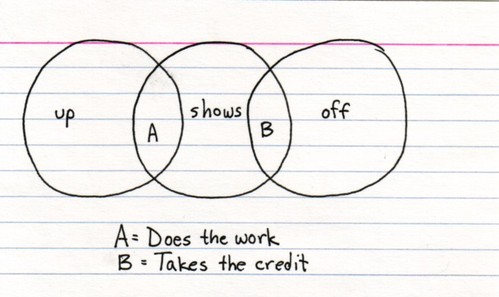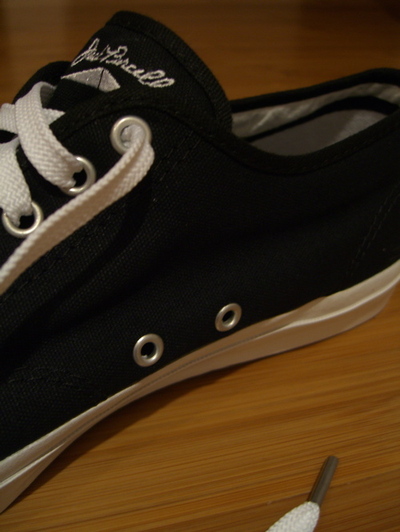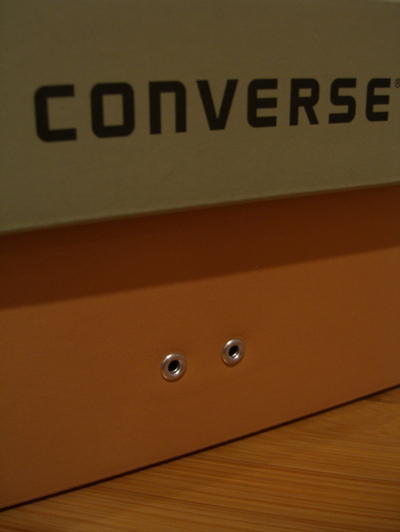Wow, what a lot of fun that namestorm was! The "KGB" names are still rolling in, and I have to say there was some very creative thinking going on (see Reilly’s comments on the previous post below). The winner is Kindling Gregarious Behavior, because it sounds good, actually describes the content and aim of the course (not a bad thing at all when you think about it) and — best of all for me — it echoes the observation that Wikia CEO Gil Penchina made on a panel I hosted at last year’s AlwaysOn conference. Gil made the point that, instead of spending all your time, energy, money and luck building a big bonfire on your own and then hoping that a bunch of other people will choose to come and sit around it, why not identify all the myriad little campfires burning around you and pour a little gas on each one? That’s the way infectious action and gregarious behavior get fed. It’s not about some big top-down mission, though centralized thinking matters. It’s about embracing the power of the community. It’s about kindling.
Anyway, I’m really excited to be teaching CIA-KGB along with a truly fabulous — FABULOUS! — teaching team. We learned a lot teaching CIA last year (and got lots of great coverage in BusinessWeek and other august journals), so this year we’ve made some tweaks to the class to try and make it an even better experience. This year’s class will again involve a creating infectious action project for the good folks at Mozilla, and will then focus on a project for Global Giving. I’m very excited to be working with Global Giving, and it already feels good to be brainstorming project ideas with my Mozilla friends.
This will not be your usual classroom experience. Everything is real, everything is open-ended, and the sky is the limit. It’ll be scary. It’ll be fun. It’ll be something, hopefully, which knocks your hat in the creek. As if all that weren’t enough, it looks like Global Giving will be supporting some summer internship positions for CIA-KGB students who A), kick butt in the class, and B) want to keep working on Global Giving-related issues. How cool is that?
Are you a Stanford student with Master’s standing? Please consider applying for the course. You can find an application here. It’s due March 9, and we’ll be selecting 24 people to part of the CIA-KGB classroom community. The journey is the reason we do all of this, and the fruit of the voyage will be more experience with the design thinking process as well as further developing methodologies for creating infectious action and kindling gregarious behavior.



